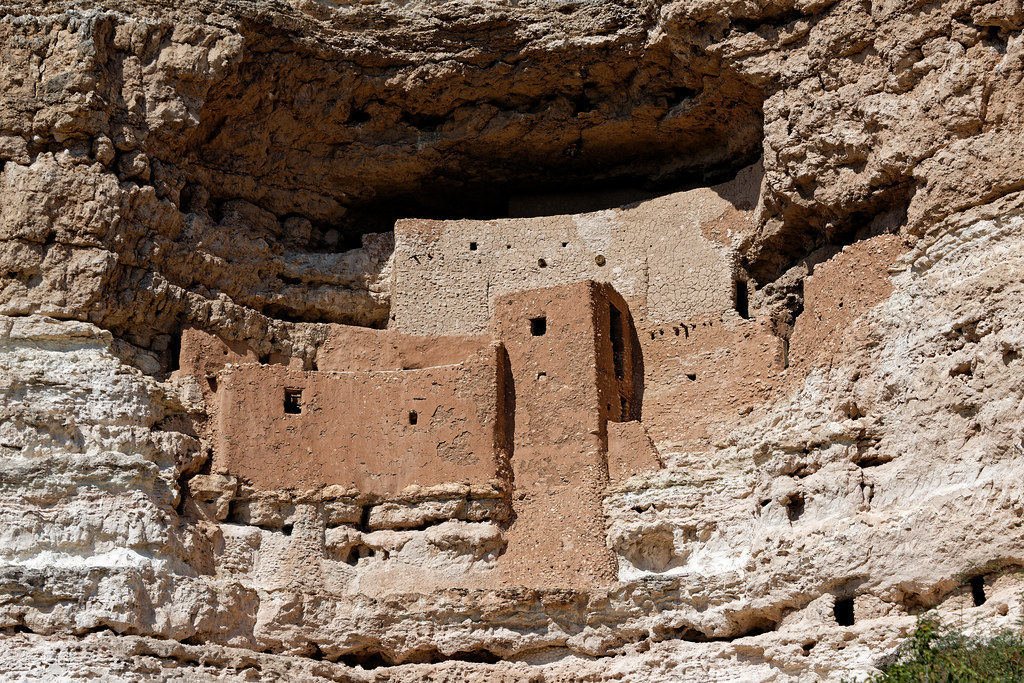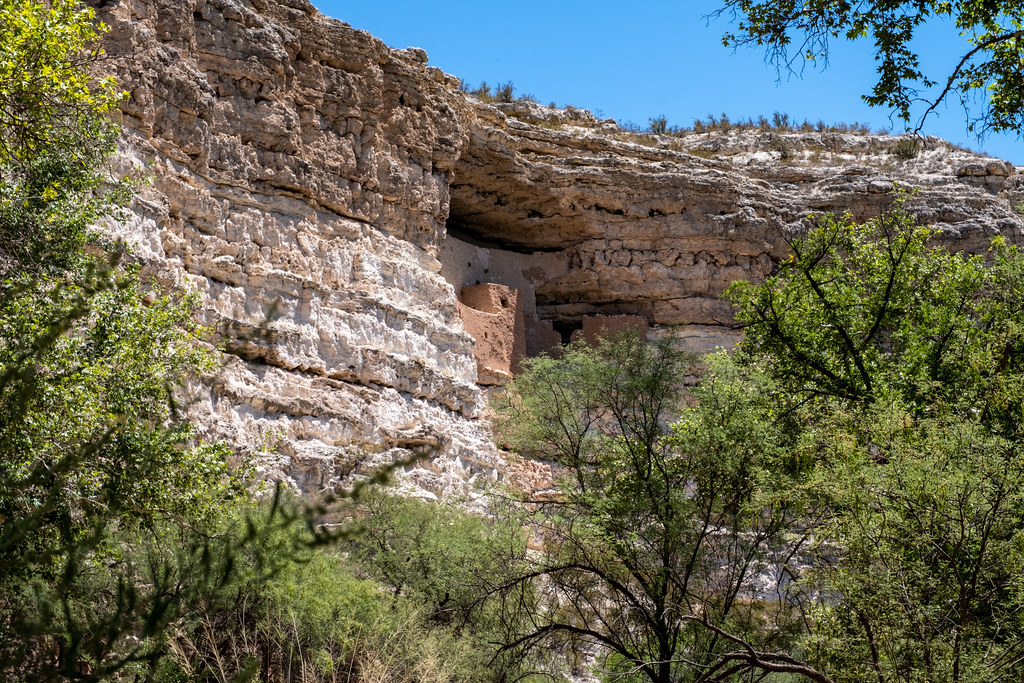#Montezuma Castle National Monument
Photo

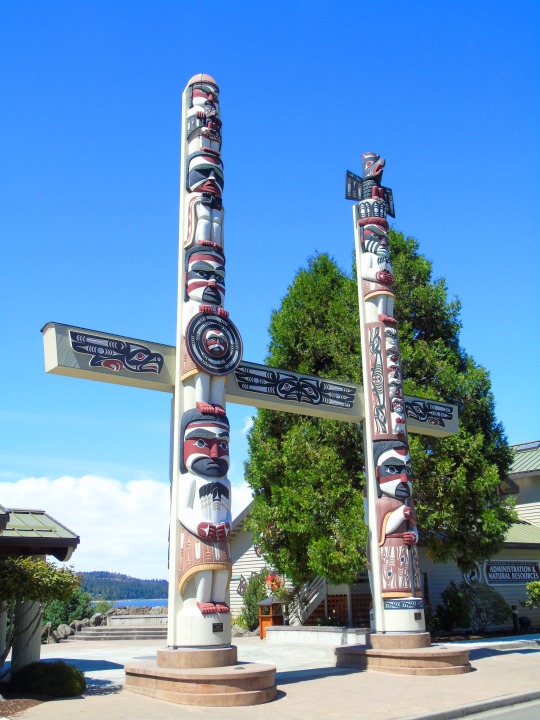


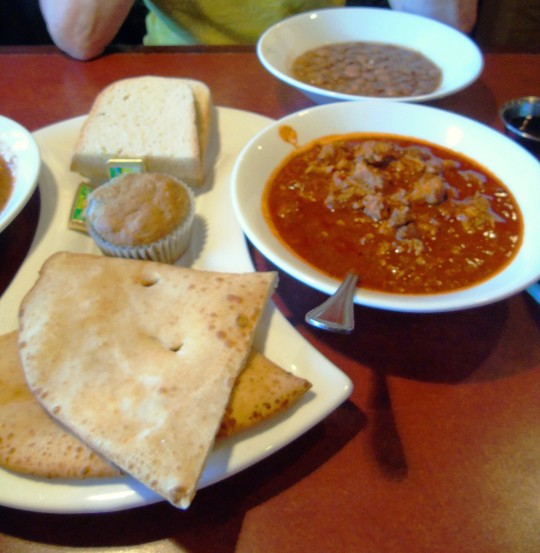


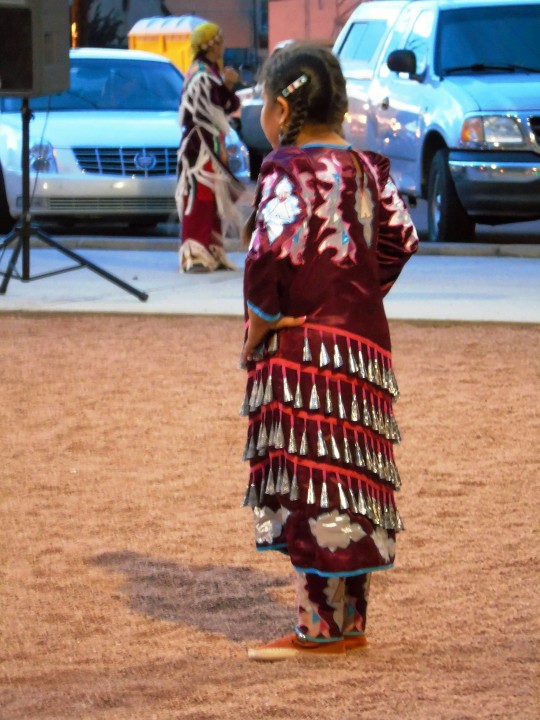


International Day of The World's Indigenous People
The International Day of the World’s Indigenous People on August 9 pays tribute to the indigenous communities of the world. The latest data reveals that there are about 370 to 500 million indigenous people living in 90 countries. These communities are noted to have their own unique set of languages, traditions, cultures, and governing systems. For many indigenous groups, the systems that their ancestors have followed for centuries have stood the test of time by serving them with positive outcomes to date. Many indigenous people’s special bond and connection with nature have also led to the protection of the general environment. However, on the other side, several indigenous communities face difficulties due to a central government’s covert and overt attempts to control their lives. This has led to indigenous people’s rights violations where they would have otherwise ensured peaceful and harmonious lives for them.
History of International Day of The World's Indigenous People
The first International Day of the World’s Indigenous People was officially celebrated in August 1995. The day had been brought into existence when the 49/214 resolution was passed by the U.N. General Assembly on December 23, 1994. August 9 was chosen as the commemorative date because that was when the first meeting of the U.N. Working Group on Indigenous Populations of the Sub-Commission on the Promotion and Protection of Human Rights was held. Every year, the day is honored by governments and organizations holding education forums and conferences to meet and discuss the social issues faced by indigenous groups worldwide. People are also given information on any ongoing and/or upcoming activities and projects that are being undertaken to help the target communities. Every year, the theme changes to shed light on a pressing topic, and the theme for the year 2021 was ‘Leaving no one behind: Indigenous peoples and the call for a new social contract.’
The social contract theme is a call for accountability in the general populations’ interaction with the indigenous communities and their resources. Over the years, many indigenous groups have found themselves to be on a disadvantageous terrain in the face of urban development projects that have destroyed and denigrated their lands and territories. The central governments and builders involved in such projects never sought permission from or even spoke with the indigenous communities before they took the developmental steps. Organizations and agencies like the U.N. and UNESCO have made efforts for constitutional/legislative reforms for dominant indigenous groups. Yet, the efforts must be focussed on bringing everyone together in the cause, leaving none behind.
International Day of The World's Indigenous People timeline
1982 First U.N. Meeting on Indigenous People
The U.N. holds the first meeting on indigenous people by forming the U.N. Working Group on Indigenous Populations of the Sub-Commission on the Promotion and Protection of Human Rights.
1995 International Day of the World’s Indigenous People
The first International Day of the World’s Indigenous People is celebrated by the U.N. General Assembly.
2005 - 2015 Indigenous People’s Decade
The U.N. proclaims 2005 to 2015 to be the ‘Decade of Action and Dignity’ for the indigenous communities.
2019 Indigenous Languages Year
After a startling 2016 report on the danger of more than 2,000 indigenous becoming extinct, the U.N. declares 2019 to be the International Year of Indigenous Languages in order to create awareness.
How To Observe International Day of the World’s Indigenous People
Learn about indigenous groups
Learn an indigenous language
Stand by indigenous groups
History related to indigenous people is always interesting to read and learn about. They have their own sets of beliefs, customs, languages, and cultures. Their daily lifestyles are also often connected with nature, be it animals, trees, certain plants, or lakes/rivers.
The U.N. declared the years 2022 to 2032 the decade for indigenous languages. The goal is to bring to attention the dying languages, since most of them are not taught in schools or are used by the general public. Losing a language is losing an important facet of the history and culture of a people.
The best way to celebrate this day and the rest of the year is by vowing to stand by indigenous groups. The indigenous people have the right to freely choose however they wish to live, much like any other living being on this planet. Protecting their rights also in turn protects your rights in the long run.
5 Interesting Facts About Indigenous People
80% of the world’s biodiversity
4,000 indigenous languages
High poverty rates
Short life spans
Leaders in protecting the environment
Around 80% of the world’s biodiversity is in places where indigenous groups are living.
The 5,000 indigenous communities in the world are credited with having about 4,000 languages.
While the indigenous communities account for only 5% of the world’s population, they make up 15% of the world population that is living in poverty.
Indigenous communities, due to a lack of awareness, have shorter life spans as they die of preventable diseases like malaria and H.I.V.
Studies have shown that the fauna and flora, and biodiversity thrive and flourish where indigenous people reside.
Why International Day of the World’s Indigenous People is Important
It’s a celebration of indigenous people
It’s a celebration of indigenous languages
It’s a celebration of the freedom to live
Indigenous people form an essential and crucial part of not only our planet’s history, but also how human beings have come to make systems to lead fruitful lives. The indigenous people’s cultures, customs, and traditions are interesting to learn about for their uniqueness and for what they teach us about the universe and the bigger picture.
Language, at its core, builds the identity of a people. The involvement of the different phonetics, grammar rules, and formal/informal styles can tell one a lot about where a community has come from, and how their history has shaped them. The same is the case with indigenous languages. The problem lies in their endangerment, and this is why we must strive to preserve them.
The freedom to practice our rights on a piece of land that has shaped our communities for centuries should not be taken away from anyone. The freedom to practice our customs, traditions, and general lifestyles is another important aspect of living a worthwhile life. For these very reasons and many others, we should join indigenous people in their right to live and flourish however they like.
Source
#Wabanki Canoe#International Day of the World’s Indigenous People#USA#9 August#original photography#native american#Washington#Main#travel#vacation#Canada#Founding Fathers by Dale Faulstich#Jamestown S'Klallam Tribe#Anishinaabe Scout by Hamilton MacCarthy#Ottawa#Vancouver#Klahowya Village#Montezuma Castle National Monument#native american food#Navajo#Diné#El Castillo#Chichén Itzá#Mexico#Lower Fort Garry National Historic Site of Canada#The Gather-Ring by Manuel Báez and Charlynne Lafontaine#InternationalDayofTheWorld'sIndigenousPeople
98 notes
·
View notes
Video
Preserved Dwellings of Montezuma Castle National Monument by Mark Stevens
Via Flickr:
A view looking to the north while taking in the setting of Montezuma Castle National Monument in northern Arizona. With this image, I zoomed into the main cliff dwelling, more or less straight on but still included a little bit of the surrounding cliff face as a "frame" to the image.
#Arizona Petrified Forest National Park and Sedona#Azimuth 2#Blue Skies#Central Arizona Highlands#Cliff Dwellings#Colorado Plateau#Day 6#DxO PhotoLab 4 Edited#Flagstaff Area#Intermountain West#Landscape#Landscape - Scenery#Looking North#Montezuma Castle#Montezuma Castle National Monument#Mormon Plateau#Nature#Nikon D850#No People#Outside#Pre-Columbian#Prehistoric High Rise Apartment Complex#Preserved Dwellings#Project365#Scenics - Nature#Sinagua People#Sunny#Travel#Woodland#Montezuma Castle National Monume
3 notes
·
View notes
Photo
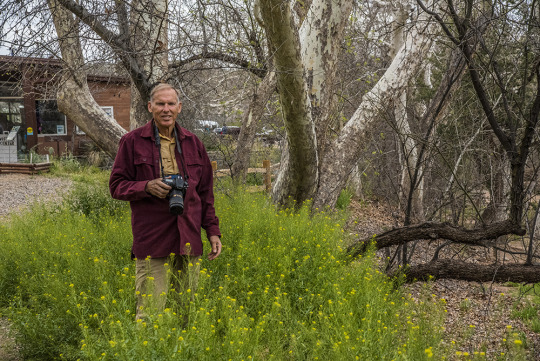
John in the weeds in Arizona
2 notes
·
View notes
Text



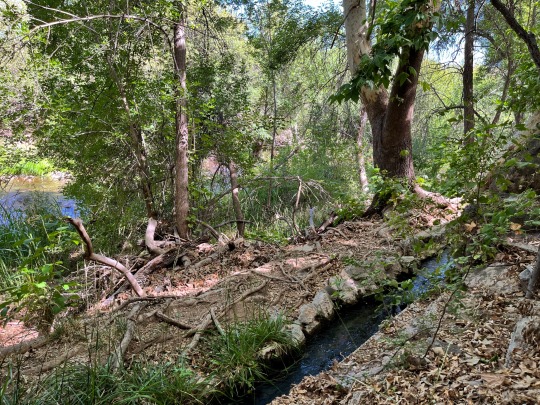
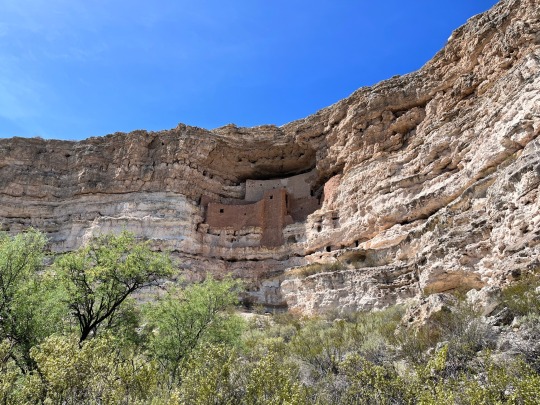
Montezuma Castle and Well
5 notes
·
View notes
Video
Montezuma Castle National Monument 6/25/22 by Sharon Mollerus
0 notes
Text

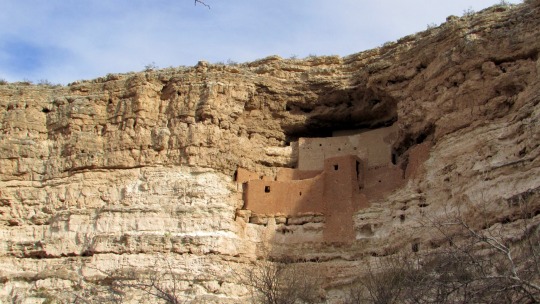
#montezumas castle national monument#adventure#travel#my photo#southwest#desert#arizona#photography#aesthetic#archaeology#ruins
137 notes
·
View notes
Text
i've been thinking lately about how people will say "europeans think 100 miles is a long distance, and americans think 100 years is a long time" and how that's like. actively erasing the colonial and genocidal efforts of settlers in the americas
like even ignoring the very obvious "we burned down native american settlements and forced them to move ever further west and then onto ever smaller reservations" there's still like
the canals in phoenix are based on indigenous canal systems that predate european settlement. buildings like montezuma's castle are hundreds of years old. (in double checking my facts for this post, i found that both were abandoned/stopped being maintained around 1400-1450 "for unknown reasons", and now I'm very curious about the exactitude of those dates because that sure is within a hundred years of europeans poking our noses into shit)
but okay, the stone-based architecture in meso- and south america is not what people are talking about, those are easily recognizable as "evidence of habitation". they're also harder to dismantle or bulldoze than, say, the mounds. which yeah okay some of them remain today and are classed as national monuments, but how many people are aware that those are man-made structures? that those are evidence of a society that was flourishing during the medieval period and was the largest city in north america until eighteenth century Philadelphia finally surpassed it? how easy was it/is it to flatten, dig through, or ignore smaller mounds as "just hills"?
how many people are taught that the abundance of easily-walkable, safe woods with easily-forageable food for humans is the result of dedicated indigenous silviculture? that our idea of natural parks that are navigable and pleasant has more in common with native american agriculture pre-contact than our tilled monoculture fields?
we think of america as having "very little history" because a: it was destroyed in order to justify european conquest of "savage" "undeveloped" people and b: we are still not taught to look for the evidence of how people here lived before colonization. we are still told the only way to date a place is by the brick and mortar and stone buildings, and not by the easily-walkable paths that have been maintained through beautiful areas for centuries, or the waterways that were carefully maintained as both water sources and highways, or the campsites that are "surprisingly clear" and ready for humans to set up there because humans have been keeping that clearing clear for centuries
like. hey. soil quality in much of europe sucks, because the agriculture practiced there was not thoughtful or sustainable. whereas the "new world" was hella fertile, and europeans decided (sometimes despite evidence to the contrary) that the native americans living there didn't "really" do agriculture, because they had adopted across much of the continent(s) much more sustainable practices that didn't leech the nutrients out of soil and leave big old scars on the land
and we're still saying this today? that european history is more impressive because the buildings are older? that it sucks to be a history buff in america because things don't get that old?
open your eyes. look at the outreach programs for your local native groups. listen to their version of history.
look at a beautiful park and think about how much human labor goes into maintaining a park that is both pleasant and safe for humans, and then think about how much early european settlers and explorers in the americas talked about how beautiful the land was.
#people just say this shit like the only history that counts is what white people did#even when they think they're progressive and antiracist#i'm so. tired
25 notes
·
View notes
Photo

#MontezumaCastle in the #VerdeValley of Central Arizona: Home of the Sacred Ones... I've deleted thousands of more ghost followers & inactive accounts from my community here! Not an easy task but I'm cleaning out the closet! (at Montezuma Castle National Monument) https://www.instagram.com/p/CiiZP63PesN/?igshid=NGJjMDIxMWI=
3 notes
·
View notes
Text
The Montezuma Castle The Incredible Stone Dwelling Built Almost a Millennium Ago Is Still Intact
The Montezuma Castle – The Incredible Stone Dwelling Built Almost a Millennium Ago Is Still Intact
https://theheartysoul.com/montezuma-castle/
Located in Camp Verde about 20 miles southeast of the Tuzigoot, is the Montezuma Castle National Monument, one of the many delights of the State of Arizona. This castle is believed to have been built between 1100 and 1425 AD, and it was used by the ancient people on Sinagua, a pre-Columbine culture that inhabited […]
The post The Montezuma Castle – The Incredible Stone Dwelling Built Almost a Millennium Ago Is Still Intact appeared first on The Hearty Soul.
via The Hearty Soul https://theheartysoul.com/
March 22, 2024 at 09:34AM
0 notes
Photo

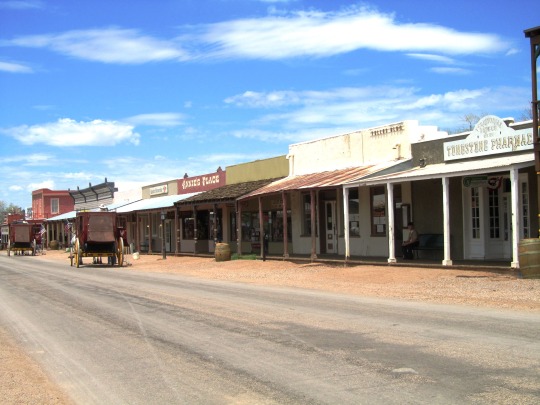




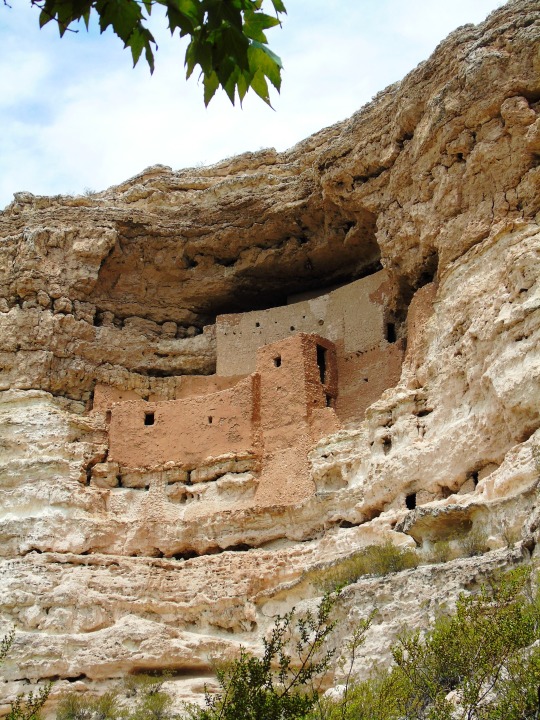


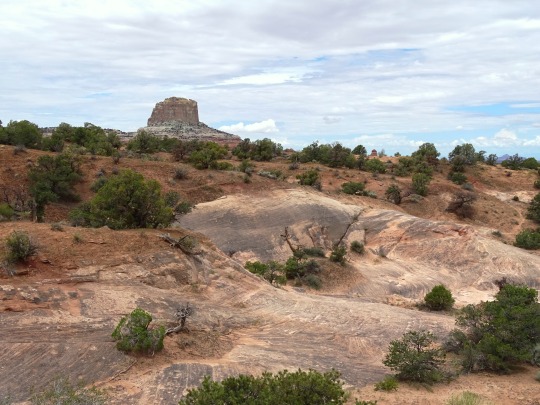
Arizona was admitted as the 48th U.S. state on February 14, 1912.
#Monument Valley Navajo Tribal Park#Page#Arizona#Lake Powell#48th US State#14 February 1912#original photography#travel#vacation#USA#landscape#cityscape#Grand Canyon National Monument#2011#Tombstone#Winslow#Route 66#Montezuma Castle National Monument#Petrified Forest National Park#Painted Desert#Square Butte#Coconino County#Glen Canyon#2014#summer 2022#tourist attraction
13 notes
·
View notes
Video
Taking in Montezuma Castle National Monument by Mark Stevens
Via Flickr:
A view looking to the north-northeast while taking in the setting of Montezuma Castle National Monument in northern Arizona. With this image, I zoomed into the main cliff dwelling but still included a little bit of the surrounding cliff face as a "frame" to the image.
#Arizona Petrified Forest National Park and Sedona#Azimuth 16#Blue Skies#Central Arizona Highlands#Cliff Dwellings#Colorado Plateau#Day 6#DxO PhotoLab 4 Edited#Flagstaff Area#Intermountain West#Landscape#Landscape - Scenery#Looking NNE#Montezuma Castle#Montezuma Castle National Monument#Mormon Plateau#Nature#Nikon D850#No People#Outside#Pre-Columbian#Prehistoric High Rise Apartment Complex#Preserved Dwellings#Project365#Scenics - Nature#Sinagua People#Sunny#Travel#Woodland#Montezuma Castle National Monume
3 notes
·
View notes
Photo

Montezuma Castle National Monument
Built around 1200 AD and occupied until about 1500 AD Near Sedona, AZ
2 notes
·
View notes
Video
Montezuma Castle National Monument 6/25/22 by Sharon Mollerus
0 notes
Text
Things to Do in Arizona
Arizona is a diverse and beautiful state with a wide range of activities and attractions for visitors to enjoy. Here are some of the top things to do in Arizona:
Grand Canyon National Park: One of the most iconic natural wonders in the world, the Grand Canyon offers breathtaking views and a variety of hiking trails for all levels of adventurers.
Sedona: Known for its stunning red rock formations, Sedona is a haven for outdoor enthusiasts and spiritual seekers. Enjoy hiking, mountain biking, and exploring the many art galleries and spiritual retreats.
Antelope Canyon: Located near Page, Arizona, Antelope Canyon is a unique slot canyon known for its smooth, flowing sandstone walls that create picturesque light beams.
Monument Valley: This iconic desert landscape with towering sandstone buttes has been featured in countless films and offers a unique opportunity to experience Navajo culture and traditions.
Saguaro National Park: Located near Tucson, this park is home to the famous saguaro cactus, and it offers great hiking opportunities amidst the desert scenery.
Horseshoe Bend: Another stunning natural formation near Page, Arizona, Horseshoe Bend is a dramatic meander in the Colorado River that creates a horseshoe-shaped curve.
Phoenix and Scottsdale: Explore the vibrant cities of Phoenix and Scottsdale, known for their excellent dining, shopping, cultural attractions, and golf courses.
Lake Powell: Enjoy boating, kayaking, and swimming in the beautiful Lake Powell, surrounded by red rock canyons and cliffs.
Bisbee: A charming and quirky town in southeastern Arizona, Bisbee is known for its historic architecture, art scene, and mining history.
Tucson Botanical Gardens: Take a leisurely stroll through the beautifully landscaped gardens, showcasing various plant species native to the Sonoran Desert.
Meteor Crater: Witness the impact site of a meteorite that struck the Earth approximately 50,000 years ago, leaving behind an awe-inspiring crater.
Tonto National Forest: Offering diverse landscapes, including mountains, canyons, and lakes, this forest is perfect for hiking, camping, and wildlife viewing.
Arizona-Sonora Desert Museum: Located near Tucson, this museum combines a zoo, botanical garden, and natural history museum to showcase the region's diverse desert flora and fauna.
Montezuma Castle National Monument: Explore ancient cliff dwellings built into limestone cliffs by the Sinagua people over 600 years ago.
Canyon de Chelly National Monument: Discover the canyons and ancient ruins of the Navajo Nation, where Native American communities still reside.
These are just a few of the many incredible things to do and see in Arizona. Whether you're interested in nature, history, culture, or outdoor adventures, Arizona has something to offer every traveler.
0 notes
Text

Cliff dwellings in Arizona: Montezuma Castle National Monument. Taken November 19, 2010. #cliffs #CliffDwellings #Arizona #MontezumaCastle #NationalMonument #architecture #photography
0 notes

